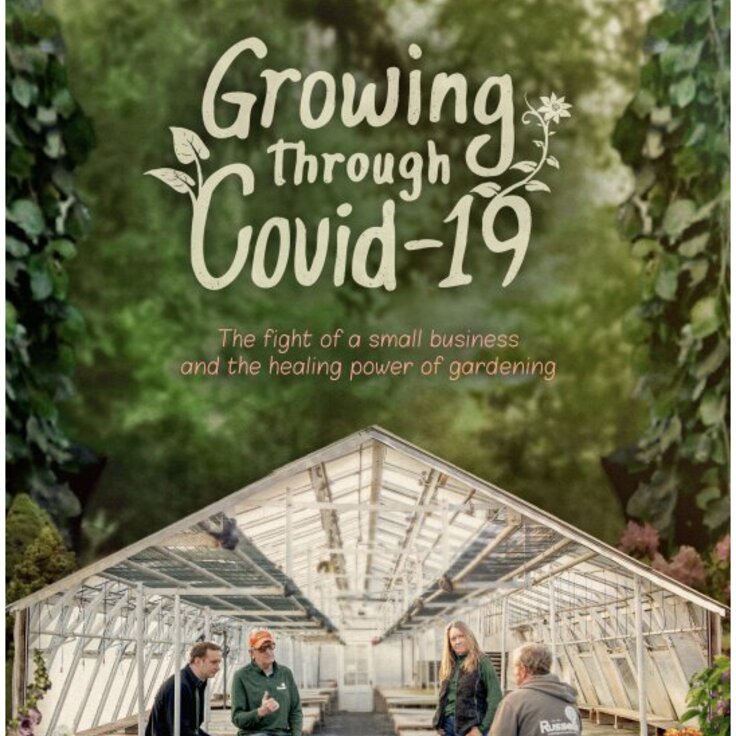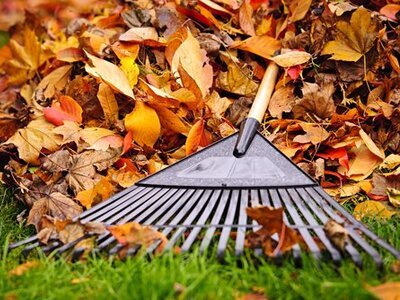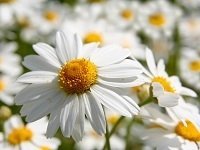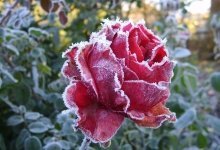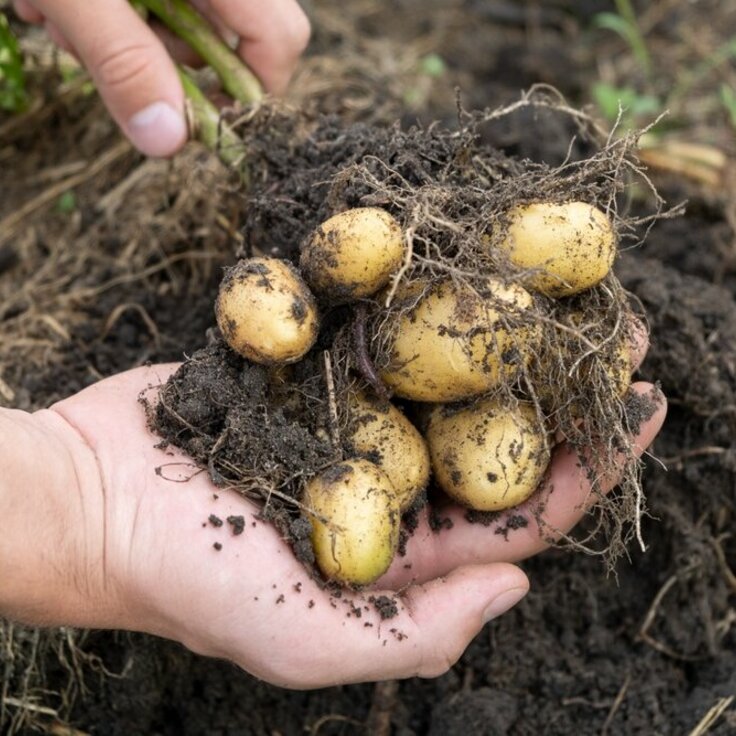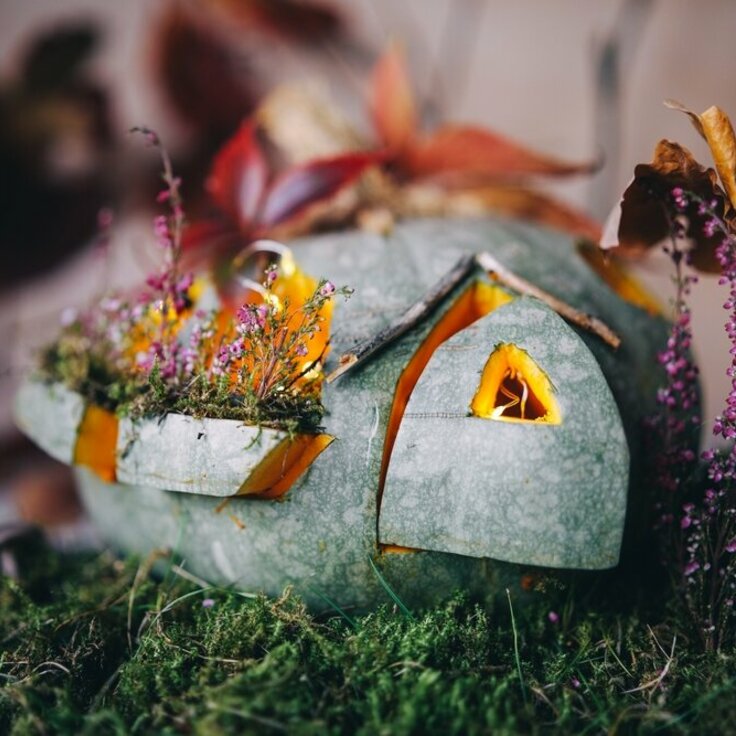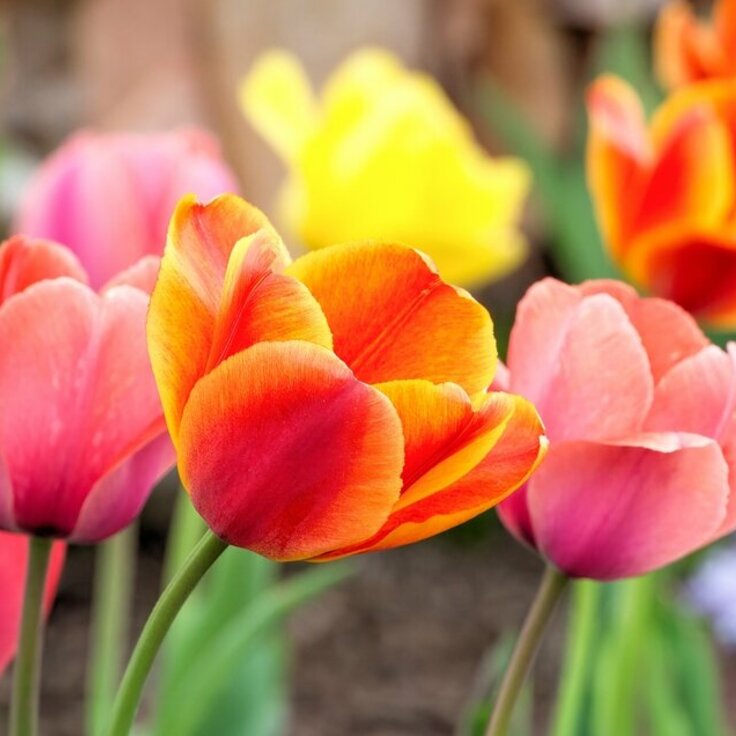Summer Flowering Trees and Shrubs
Every season has its joys and pleasures, albeit in different ways. In spring, trees and shrubs knock your socks off with their spectacular beauty. In summer, woody plants tend to add a more subtle visual dimension to the landscape. Flowering annuals and perennials may have moved to the forefront, but there are still some lovely summer-blooming trees and shrubs to add color and texture to the garden. Some of these are well known and widely used, others may be new to you. But all might inspire you to add some new summer bloomers to your garden.
Hydrangeas
Abundantly producing white, pink, or blue flowers, hydrangeas have become one of the most popular of all shrubs in the last few years due to the introduction of Hydrangea macrophylla cultivars that bloom on new wood, making them adaptable to colder climates. Endless Summer started the trend, but companies are continually introducing new varieties each year. The Forever & Ever series is also excellent, with red, double, pink and white bicolor, and white forms.
Other species of hydrangeas are stunning in the summer garden, too. Often grown on a standard trunk, the Peegee hydrangea (H. paniculata 'Grandiflora') is an old-fashioned favorite. From late blooming 'Tardiva' to early flowering Quick Fire; tall 'Pink Diamond' to compact 'Bombshell', there's a panicle hydrangea cultivar suited to just about any garden. All are iron-clad hardy (to Zone 3 or 4), tolerate a wide range of soils, bloom on new wood, and thrive in full to part sun.
Oakleaf hydrangea (H. quercifolia) is native to eastern North America and is one of the most handsome landscape plants with its 6-foot-plus rounded shape and lobed leaves that turn rich burgundy in the fall. The spiked flower clusters are white aging to purplish pink. 'Alice', 'Snowflake', and Snow Queen are popular varieties. 'PeeWee' and 'Sike's Dwarf' are smaller forms, reaching 3 feet or so. 'Little Honey' has gold leaves. Oakleaf hydrangea blooms on old wood.
Smooth hydrangea (H. arborescens) is another eastern North American native. The cultivar most often found in garden is 'Annabelle', with large, rounded heads of white flowers that start blooming in June. Invincibelle Spirit is similar, but with pink blossoms. Both cultivars grow 3 to 4 feet tall. Other forms include 'Hayes Starburst' with double florets and a long bloom period, 'Radiata' and 'White Dome' with lacecap flowers, and 'Samantha' with extra-large flowers.
Rose-of-Sharon
Rose-of-Sharon (Hibiscus syriacus) is a seemingly indestructible, old-fashioned shrub that has seen any number of varieties come and go over the decades. The stiffly upright, multi-stemmed shrubs grow to 12 feet tall and bear flowers in single or multiple shades of white, pink, red, and purple. The biggest downside to the older forms is that they relentlessly reseed all over the garden. Newer sterile cultivars have taken care of this problem. 'Helene' has white flowers blushed with pink and red throats, while 'Diana' has pure white flowers. Because they produce no seeds, these varieties bloom until frost. An added bonus is the deep green, glossy foliage. Another possibility is 'Li'l Kim', a dwarf form growing to 4 feet tall with red-centered white flowers that last three days rather than the typical one day.
Summersweet
How could you not fall in love with a plant called summersweet, especially when its lovely floral fragrance permeates an entire garden? Clethra alnifolia, native from Maine to Florida, bears its spikes of tiny white or pink flowers during July and August on rounded shrubs growing to 8 feet tall, depending on the variety. The lustrous, dark green leaves turn golden yellow in the fall. A number of cultivars have been selected. Of these, look for the 3-foot form called 'Sixteen Candles', rose-pink 'Ruby Spice', late-flowering 'September Beauty', and the profusely blooming 'Chattanooga'.
Bush Honeysuckle
Okay, they won't stop traffic, but bush honeysuckles (Diervilla sessilifolia and D. lonicera) are adaptable and versatile plants that can grow in some pretty tough situations. They aren't really honeysuckles, but they do have small yellow flowers from June to August that are highly attractive to butterflies. They form rounded shrubs 3 feet or so tall. In fertile soil they will quickly spread by underground runners, but they are more polite in poor soil.
Seven-Son Tree
Widely acclaimed in the garden press, Heptacodium miconioides was introduced from China into the U.S. in 1980. It forms a multi-trunked small tree growing to 20 feet or so with exfoliating bark. Airy clusters of white flowers are borne in August, followed by showy red calyces (the leafy parts behind the flowers) that persist into the fall. It's growth habit is a little gangly and awkward, but it is valued for late season blooms and color.
Sourwood
For those who prefer to go native, few trees can compare with the sourwood (Oxydendrum arboreum) from the southeastern United States. Growing with a somewhat pyramidal habit to 30 feet tall with gently drooping branches holding lustrous, dark green leaves, the sourwood puts on a show in summer with clusters of flowers resembling lily-of-the-valley. Difficult to produce in the nursery and temperamental when planting, it is not a plant for the faint-hearted, but well worth the effort. Give it acidic soil that is moist but well-drained and high in organic matter; it does not tolerate drought well.
Crape Myrtle
No shrinking violet here, since crape myrtles (Lagerstroemia x indica) are some of the most spectacular of garden plants when in flower. In the South, they are widely used as small flowering trees. Moving north, they become more shrubby, often dying back to the ground in winter, but bravely sending up new growth that flowers in summer. There are hundreds of cultivars, so, in general, it's best to go with what a reliable local nursery offers. If you want a small form, look to the Razzle Dazzle Series of dwarf crape myrtles, which are hardy to Zone 6.
Chastetree
Another plant that varies from shrubby to tree-like, depending on the climate, is the chastetree (Vitex agnus-castus). Fortunately, it blooms on new growth, producing long, spiky plumes of tiny lavender flowers in summer. Plants grow to 10 feet tall and as wide, with gray-green, aromatic leaves.
Bluebeard
There's something about blue flowers in the garden, and from summer's height until it wanes, bluebeard (Caryopteris x clandonensis) puts on a serious show. Although growing only about 2 to 3 feet tall and wide, the rounded mounds will be covered in blooms, especially if plants are cut back in late winter to promote new growth. There are a dozen or so widely available varieties, mainly varying in flower and leaf color. 'Longwood Blue' is noted for silvery foliage and sky-blue flowers. 'Grand Bleu' and 'Petit Bleu' have dark blue flowers and dark green leaves; 'Sunshine Blue' has yellow foliage with amethyst-blue flowers.
Last, But Not Least
Of course, the ultimate summer-blooming shrub is the rose, most notably the shrubby types that bloom almost continuously. Knock-Out and its kin such as Home Run are very popular, but don't overlook other varieties that are just as good, such as the Flower Carpet Series and Carefree Beauty, as well as older roses like 'The Fairy'.

